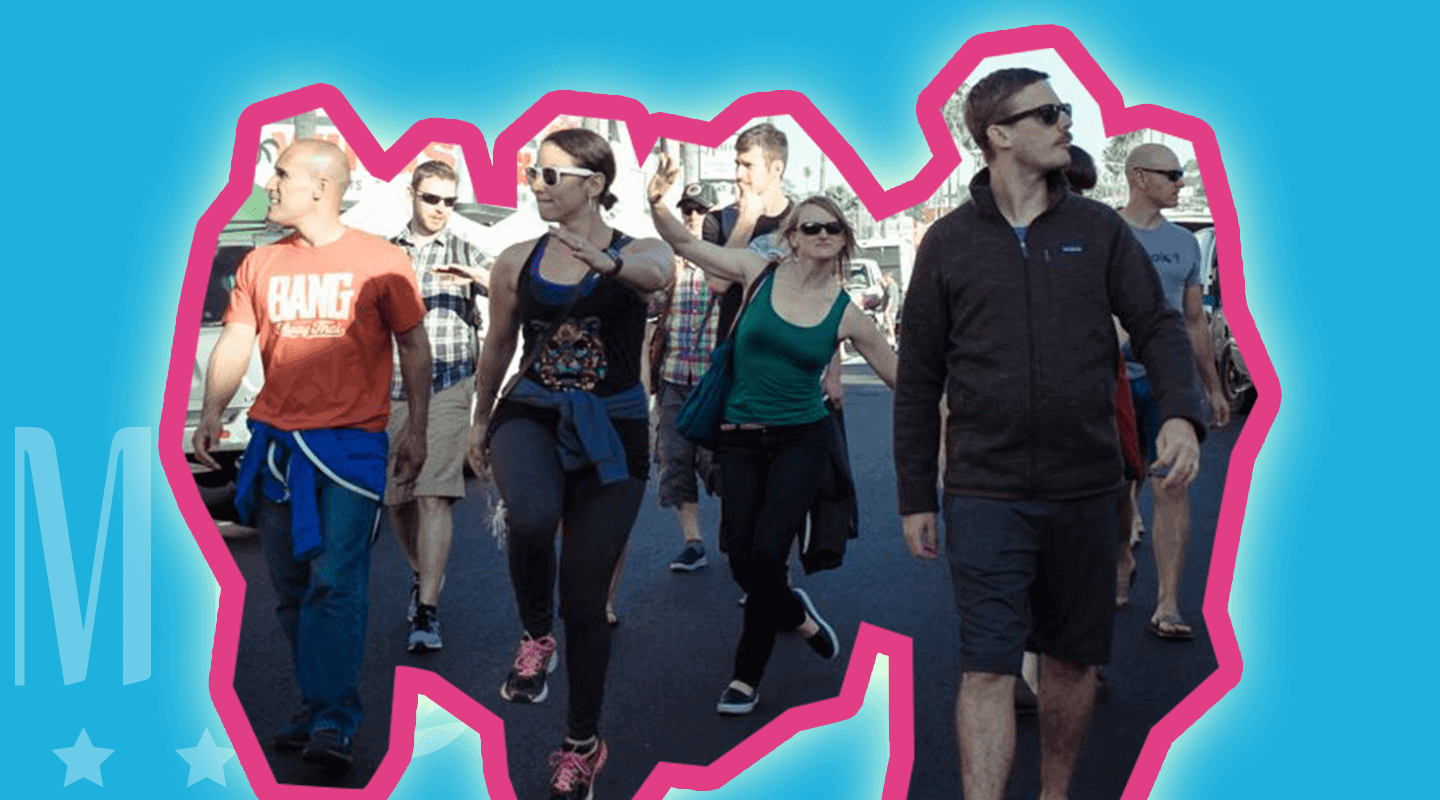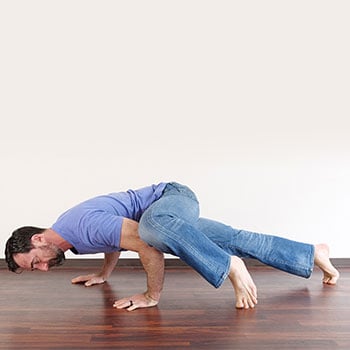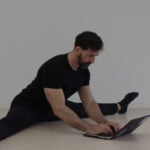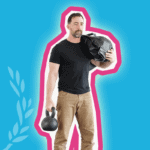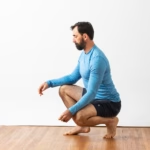It’s easy to get trapped in the “harder is better” mentality of fitnessing. Truly, our bodies need a significant stimulus to engender changes.
So when you talk about walking as a form of exercise, it tends to be discussed as an easier alternative for people who are completely out of shape. And by extension, we assume it’s not useful for anyone with a good level of fitness.
That’s completely wrong.
Walking has a lot of benefits for everyone, regardless of your physical capabilities.
🎙️ Related Podcast: How to Make Walking Your Most Enjoyable and Flexible Fitness Activity
Walking isn’t just for people that can’t do more!
I’ve been guilty of under-appreciating walking in the past and eschewed the exercise advice from general medicine doctors to “just take brisk walks.” Physical activity is so ingrained into my life that I considered walking as insufficient.
But I was wrong.
An alarming percentage of people are sedentary. Especially in the United States, where the average daily walking numbers are 5,340 steps for men and 4,912 for women. This is about half as much as people in the rest of the world. It seems to be a direct consequence of the habits we’ve developed by living in a highly technological society. Compared with the the Amish, who take 18,000 steps a day for men and 14,000 for women.
What changed my mind was hearing about a friend whose physician flat out told him “you’re going to have a heart attack within the next 5 years unless you start doing something right now.”
This is the reality behind that blanket admonition to “go out and walk more.” It’s especially relevant for large segments of the population. I’m not really one to say “sitting is the new smoking,” but it’s hard to argue with the numbers.
And even if you are pretty fit, walking can also benefit you. Polarized training refers to a training structure that combines a high volume of low intensity work with a lower volume of high intensity training. You are either going pretty easy for a long time, or going very hard for a bit. This has been shown to have superior endurance improvements as measured both by biological markers as well as a retrospective of the training patterns of successful athletes.
This also fits into the research for general population where doing more lower level physical activities throughout the day works better than 20 minutes of intense work and then nothing else the rest of the day.
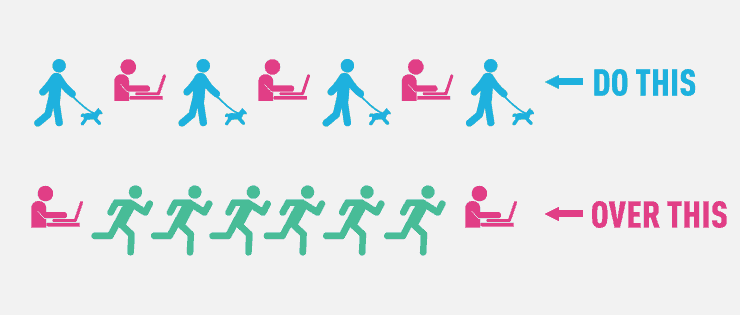
Taking lots of short walks can be better than just a single, intense workout
So small amounts of low-intensity exercise are good. And if that was all that walking offered, it would be enough. We should all do more of it. Everyone knows this already.
But there’s more to waking than just “physical activity,” so let’s talk about what makes it magical.
How to Get More from Walking
A lot of fitness discussion is focussed on either changing body composition (losing fat, gaining muscle) or performance benefits (more strength/endurance). Walking can absolutely be a part of improving your health, appearance, and fitness. But it can, and should, be more than just that.
GMB has always emphasized that fitness means more than being strong and enduring. Of course, those are important attributes, but they are a just a part of being able to move your body well. Physical autonomy involves lots of other factors, such as body control and awareness. It can be tough to focus on balance and agility while you’re pushing your hardest and sucking breath, so we end up with underdeveloped body control. Since walking feels like a simple activity to us, it’s a great opportunity to develop these things in a less taxing environment.
Even better: it doesn’t have to be separate practices! Walking lends itself to integrating movement, awareness, and breathing.
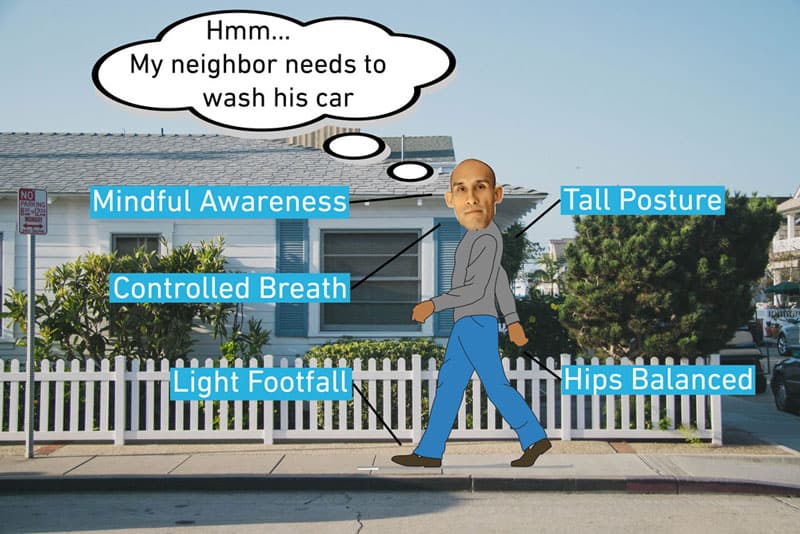
Slow down. Take in your surroundings. Pay attention to your body.
Walking Carriage and Posture
We’ve discussed in another article about how analyzing and working on your body alignments leads to improved body resilience. And there are great specific exercises that can help you with that, but again you can also easily do this with just a bit of focus on how you are walking.
Good body alignment and posture doesn’t have to be super complicated. It’s all about noticing how your body is “connected” as you perform any movement. The rhythm and repetition inherent in walking is a great way to practice this.
Think Tall
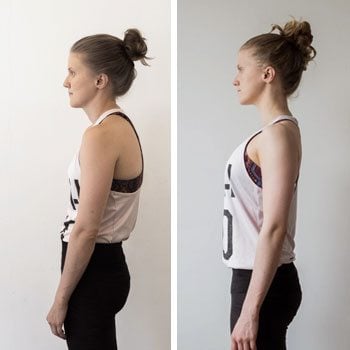
Don’t slouch – keep a natural, tall posture
Notice Your Balance and Weight
Asymmetries don’t usually cause us any issues. They are natural and simply part of organic life. But, they can become a problem when repetitive habits prevent us from being varied and diverse in our movements. It’s not that we need to be perfectly balanced. Instead, it’s that having the option for more diversified movement gives us more physical autonomy.
A nice place to start here is to take note of your physical habits. When you walk take note of a few things. Do you hear one shoe hitting the ground louder? Do you feel heavier on one side of your body? How about your strides? It doesn’t have to be as obvious as a limp, but do you see yourself reaching out further on one side or the other?
We’re not looking for perfect symmetry, and maybe nothing needs to change at all. But when you start being more mindful of your gait pattern, you might discover things you do that you do want to change, or at least delve into further.
Take Soft Steps
This is another cue that builds on the previous two. If you find yourself stomping along like you are trying to crush the ground beneath you, it’s a fair bet that you aren’t being as efficient and graceful in your walking as you could be! The straightforward prompt of “soft steps” gets you both more aware of what you are doing and automatically changes how you move without too much extra thought. And that’s exactly what we want in everything we practice!
Breathing and Awareness – Walking as Meditation
Rhythmic breathing has been a staple of bodywork and meditation for centuries, both as a way to quell anxiety and improve performance.
It’s been too steeped in mysticism and woo-woo for my taste, but that shouldn’t stop you from gaining it’s benefits. You don’t have to attend a silent mountain retreat to profit from a bit of work in this.
In the spirit of woo-woo removal, sport scientist and Olympic medalist Dr. Jack Daniels discovered an interesting phenomenon in elite runners. Without prompting or instruction, they all fell into a pattern of rhythmic breathing that corresponded to their strides:
- Starting out with a 2:2 pattern, that is inhalation for two footfalls and exhalation for two footfalls.
- Then near the end of the race or session, going to a 2:1 or 1:2 with the increased exertion at the finish.
Learning to control your breath like this improves stamina and endurance.
For walking, the rhythm should be with deeper breaths, a good starting point would be 6:6 and gradually increasing to 8:8 or more. Syncing these deeper breath patterns with your foot strikes can become the foundation for meditative practice.
And you didn’t even have to buy any robes and incense!
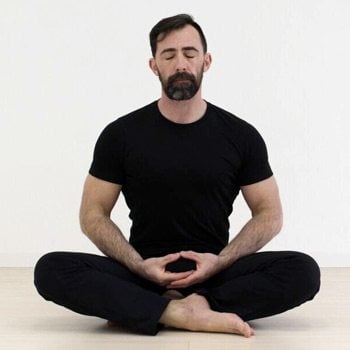
Ryan sits for silent meditation every day
And both of these things can be found in walking.
The Simple Joy of Taking Walks
And another benefit we shouldn’t neglect is that it just feels good to take a walk! We can say some nice buzzwords like “primal,” “natural,” “primordial,” and “paleo,” but walking outside is just a nice thing to do, probably because you are outdoors.
There are also biological reasons why walking outside feels good and is good for you. In Praise of Walking is a nice summary of the science.
How to Get Walking More
It’d be great to devote an hour or more at once to walking. The advice about walking on your lunch break is a good idea… until that lunch break gets filled with other things to do or you realize that you are hungry and actually want to eat!
It’s more practical and a much better habit to do a few minutes everyday than two hours on one day and then nothing else. Incorporating interesting physical activities along with the rest of your daily responsibilities is one of the keys to feeling better in our bodies.
How Many Calories Does Walking Burn Off?
It’s not a lot really but it does add up. Depending upon your weight, walking at a moderate pace burns about 6 to 10 calories per minute.
| Weight | Distance | Time | Calories |
|---|---|---|---|
| 120 pounds | • 1.5 miles • 3 miles | • 30 minutes • 1 hour | • 195 • 390 |
| 140 pounds | • 1.5 miles • 3 miles | • 30 minutes • 1 hour | • 228 • 456 |
| 160 pounds | • 1.5 miles • 3 miles | • 30 minutes • 1 hour | • 261 • 522 |
| 180 pounds | • 1.5 miles • 3 miles | • 30 minutes • 1 hour | • 291 • 582 |
Incremental Progression for Walking Duration
This concept fits well with doing a bit more throughout the day rather than trying to find an hour or so at once. Progressing in little chunks of time gets you up to significantly greater durations without any feeling of strain.
To start, just spend 5 minutes walking. Or even just 1 minute!
And repeat that every day for a week or so. Then add again another few minutes. And another the next week. It should be painless and effortless progression. Keep doing that, and before you know it you are doing much more than you’ve ever done before.
Walking is an ideal activity to try this with, because it’s inherently flexible. It can adapt to any schedule you have. You don’t have to warm up or change clothes. You can essentially add extra minutes into your day whenever you feel like.
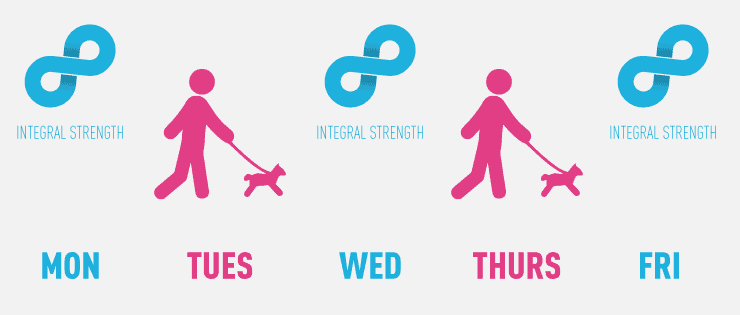
One example: take walks for active recovery between training sessions
Yup, I’m totally gonna talk about parking farther away…
It’s trite and common but also a good thing to do.
For example, I park my car down on the road out of our neighborhood. I keep it down there because, like a lot of people, our garage isn’t really for our cars anymore! It’s part storage/play area/awesome home gym, and I reserve our driveway for my wife’s car. So our kids and I walk down to the car whenever we head out for errands. That extra few hundred yards is just a habit now.
Habits like this work not just because they make you expend more energy, but because if you repeat them enough, they eventually become automatic. You start out choosing to park at the end of the parking lot and lug your groceries back and forth, you make yourself get to work a little earlier so that you can walk around and prepare yourself for the day ahead. But after a while it becomes your new normal. You break your old patterns and give yourself new ones.
One day you turned into a person that walks, and you didn’t even realize it.
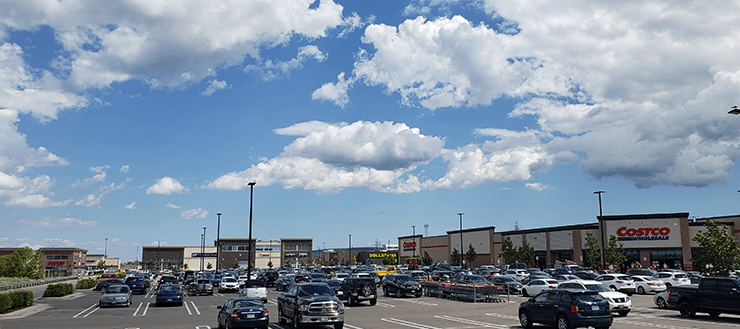
Learn to love this view 😉
Make Walking Part of Your Life
Walking more is great, but it’s only one example of simple things you can do to build a healthy, active lifestyle.
We all have things we want (or think we need) to alter in our lifestyles, particularly in regards to health and fitness. So we start on making choices to affect these changes. But make sure that there is something really meaningful for you backing up these choices.
For walking we’ve talked more about its impact on your health and longevity than about losing weight or looking better. Those aren’t bad things of course, but when those are the only reasons you’re more likely to either stop or not enjoy it. Neither of which leads to living a better life.
Would you like to add another habit that will help you feel and move better?
Build Flexibility That Actually Helps You Move
GMB Mobility is a guided program that improves your total body mobility. You’ll resolve restrictions so you can finally move and perform your best.
